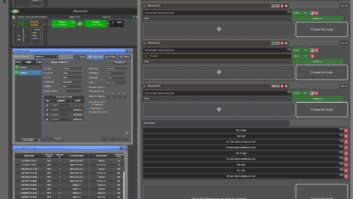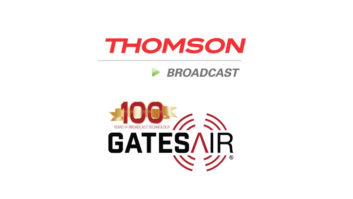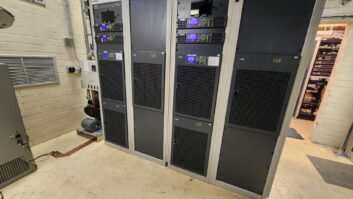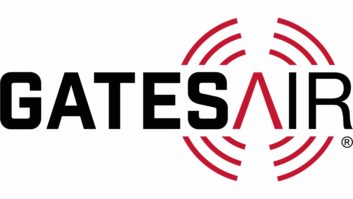CHARLOTTE, N.C. — Bible Broadcasting Network grew from a single station that we owned and operated in Norfolk, Va., to our present-day network, which consists of 45 full-class radio stations and 90 translators in 31 states and Bermuda.
Using this 24/7 radio network infrastructure, we’re able to reach a potential audience of about 50 million people with our program mix of Bible programs and Christian music. We also reach a worldwide audience by streaming media in eight languages over the internet to mobile and other connected devices.
With respect to radio distribution, we deliver our program signal — as well as the commands for transmitting relay closures for PSAs and IDs — to the vast majority of our stations via a Galaxy 16 satellite transponder.
However, about four years ago, we found one of our radio stations couldn’t be reached effectively via satellite due to interference caused by our transmitter.
IP DISTRIBUTION
Since we couldn’t reach that station via satellite, and our internet bandwidth at our Charlotte, N.C., network operations center is plentiful, we decided to deliver the audio stream over IP to just that one station. To do this, we installed a GatesAir Intraplex IP Link 100 network, with an encoder/decoder box in our main server room and a similar unit deployed at the receiving station.
Intraplex audio codecs give radio broadcasters an array of audio coding options for sending signals over studio-to-transmitter links using IP. While Intraplex is bidirectional, our encoder/decoder “send” box multicasts the audio as two identical HE-AAC v2 compressed streams to the receiving site for redundancy.
We later consolidated our studio and transmitter facilities where there was not sufficient space to accommodate a satellite dish. Then we acquired yet another station where our satellite signal was adversely affected by too much external interference. Since satellite delivery was not an option for these stations, we deployed additional Intraplex IP 100 units to those locations and added them to our Intraplex audio over IP network.
I can monitor all of the Intraplex sites, including the home base and field units, remotely using a web browser. In fact, once they’re installed in the rack, there isn’t much I need to do. This makes system maintenance simple.
WORKFLOW
Our radio broadcast workflow produces a single program signal that is split in two directions for distribution. One path travels over coax cable to our satellite uplink, while Intraplex delivers the other signal as two simultaneous, redundant streams that are carried over Ethernet enroute to the Internet.
Our Intraplex network has the capacity to multicast signals to a total of six receivers. We are currently only delivering the stream to four receive sites. These include the three full-class radio stations, as well as to a broadcast translator site, which happens to have two other translators associated with it that extend its reach even further.
Since we have no other way to deliver our live programming to these four broadcast sites, Intraplex has become a vital link to these four points of distribution. Today, as we are close to acquiring our 46th radio station, having the GatesAir Intraplex IP Link 100 available as a reliable means of program distribution is an important factor in the future growth and expansion of our radio network.
For information, contact Keith Adams at GatesAir in Ohio at (513) 459-3447 or visit www.gatesair.com.









